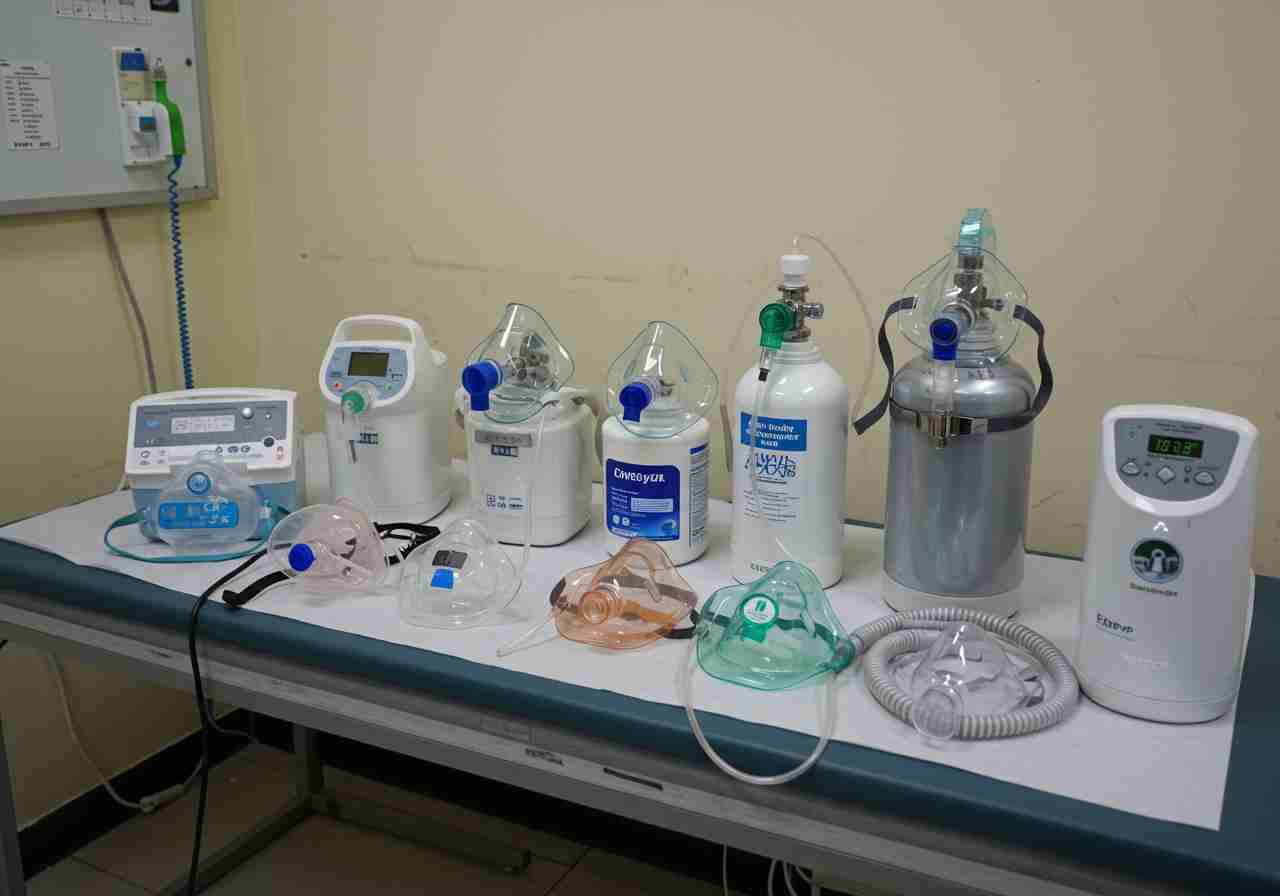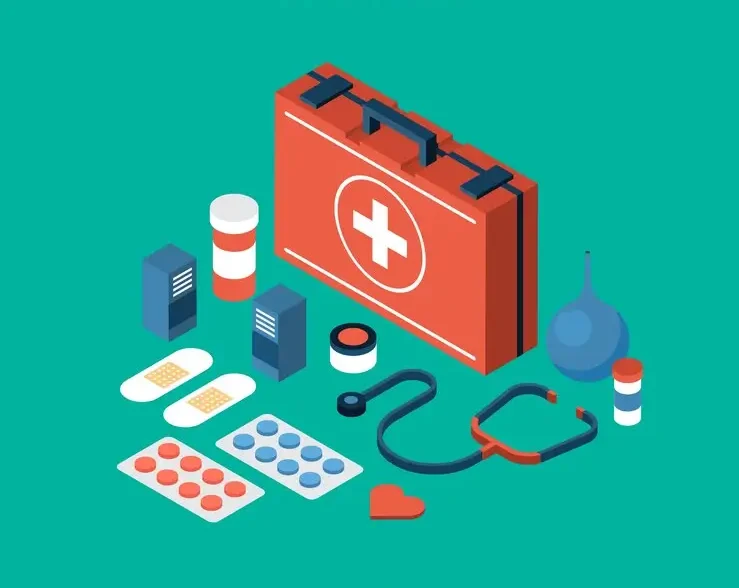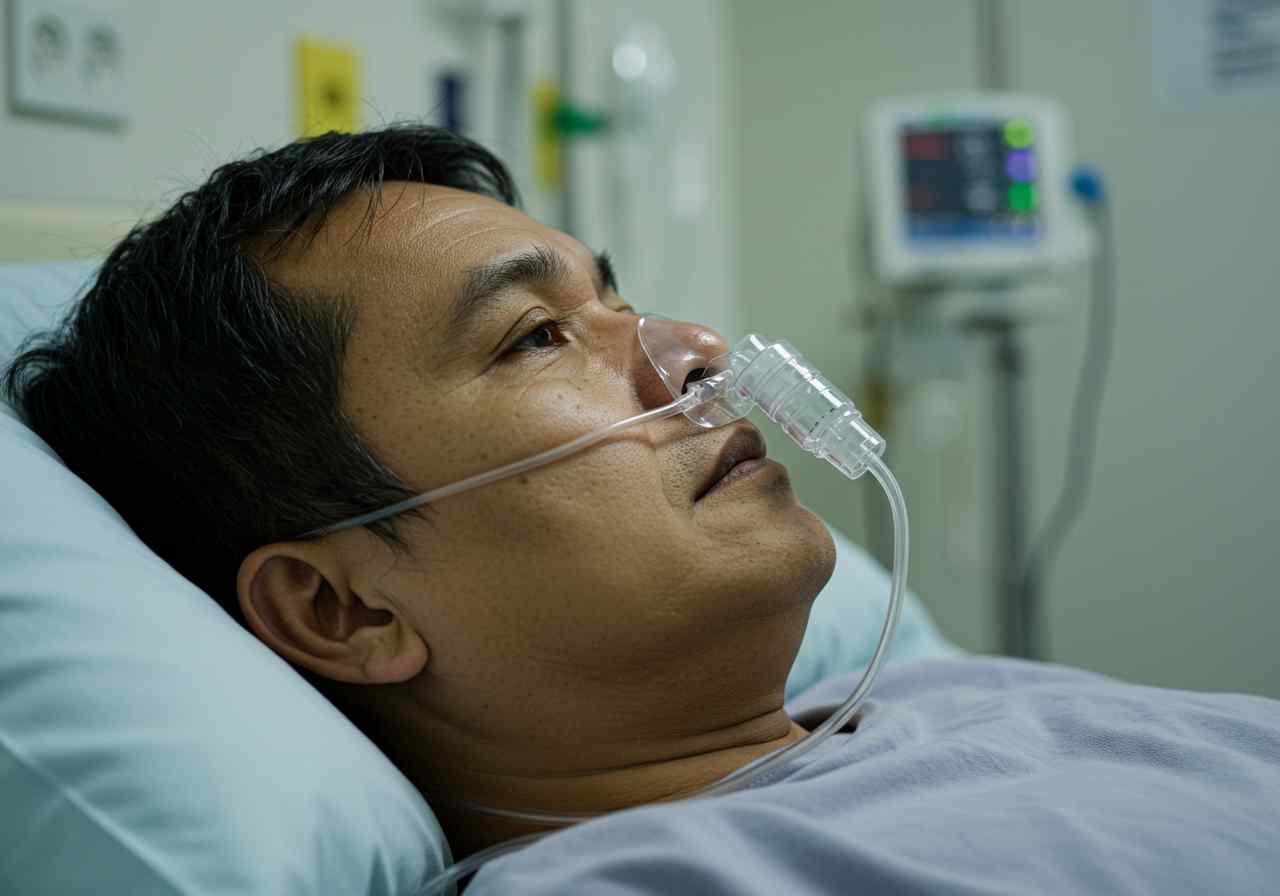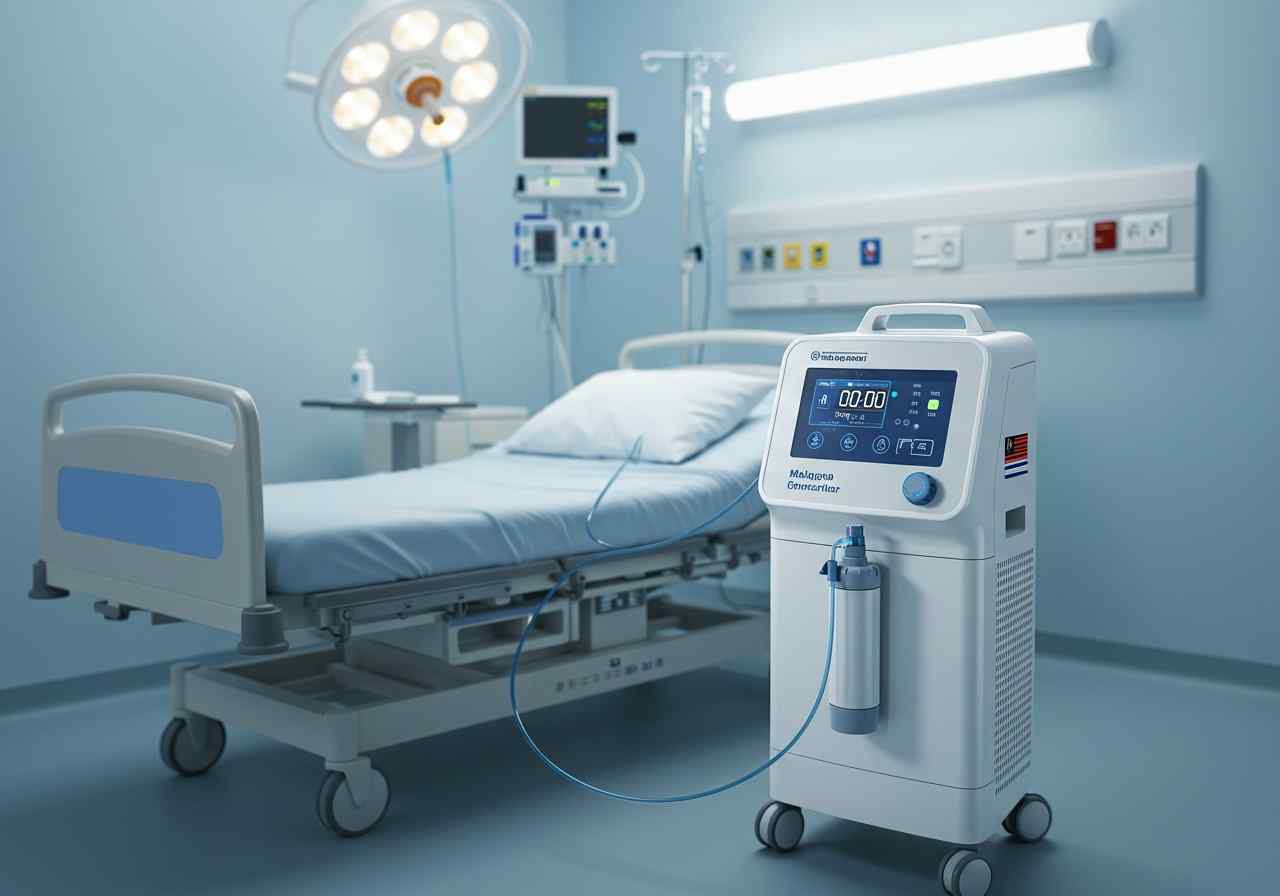
Oxygen therapy delivery devices play a crucial role in ensuring effective respiratory support for patients in various medical settings.
Whether it’s a hospital, clinic, or emergency care unit, having the right oxygen therapy equipment can make a significant difference in patient outcomes.
From assisting individuals with chronic respiratory conditions to managing emergency situations, these devices are essential for maintaining proper oxygen levels in patients who need respiratory support.

Medical facilities, especially clinics and outpatient centers, cater to a wide range of patients with different health conditions.
In these settings, having essential medical equipment, such as an examination table for clinic, ensures that healthcare providers can assess and treat patients efficiently.
Some may require temporary oxygen supplementation due to illnesses like pneumonia or COVID-19, while others might depend on long-term oxygen therapy for chronic conditions such as Chronic Obstructive Pulmonary Disease (COPD) or asthma.
Without the right oxygen therapy delivery devices, patient care can be compromised, leading to severe health risks.
The availability of high-quality oxygen therapy devices ensures that healthcare professionals can respond efficiently to patient needs.
Oxygen masks, nasal cannulas, and high-flow oxygen systems provide the necessary respiratory support to prevent complications and enhance recovery.
More importantly, clinics that are well-equipped with oxygen therapy devices improve overall patient care, comply with medical regulations, and enhance emergency preparedness.
Having reliable oxygen therapy delivery devices is essential for various sectors, including:
This article will explore 7 essential oxygen therapy delivery devices that every clinic should have.
From nasal cannulas and oxygen masks to advanced oxygen concentrators, we will cover the key benefits, functionalities, and factors to consider when choosing the best equipment for your facility.
Whether you are managing a clinic, a corporate medical unit, or a healthcare institution, understanding these devices will help enhance patient care and ensure compliance with safety standards.

Having access to reliable oxygen therapy delivery devices is crucial for clinics and medical facilities.
These devices provide the necessary respiratory support for patients experiencing breathing difficulties due to medical conditions, surgeries, or emergencies.
Here’s why these devices are essential:
Proper oxygen administration can significantly impact a patient’s recovery process.
For example:
When selecting the right oxygen therapy devices for a clinic, consider:

A nasal cannula is a lightweight device that delivers low-flow oxygen directly to the nostrils.
It is commonly used for patients requiring mild oxygen support, such as those with COPD, pneumonia, or post-operative breathing difficulties.
Benefits:
The Hudson mask provides moderate oxygen flow and is designed for patients who require more oxygen than a nasal cannula can deliver.
It covers both the nose and mouth, ensuring a consistent supply of oxygen.
Benefits:
A Venturi mask is a specialized device that delivers precise oxygen concentrations. It is particularly beneficial for COPD patients, as it prevents excess oxygen intake, which can be harmful in some cases.
Benefits:
A non-rebreather mask (NRB) delivers high-concentration oxygen (90%-100%) and is used in emergency situations such as severe asthma attacks, shock, or trauma.
It features a one-way valve that prevents exhaled air from mixing with the oxygen supply.
Benefits:
The High-Flow Nasal Cannula (HFNC) is an advanced respiratory support device that delivers humidified and heated oxygen at high flow rates.
It is commonly used for patients with severe respiratory failure or COVID-19.
Benefits:

An oxygen concentrator extracts and delivers concentrated oxygen from ambient air.
Unlike oxygen tanks, concentrators do not require refilling, making them a cost-effective solution for long-term oxygen therapy.
Benefits:
Non-invasive ventilation (NIV) devices, such as CPAP (Continuous Positive Airway Pressure) and BiPAP (Bilevel Positive Airway Pressure),
assist patients with sleep apnea, respiratory failure, or post-operative breathing difficulties.
Benefits:
Despite their benefits, clinics face several challenges in providing effective oxygen therapy:
To ensure effective oxygen therapy delivery:
Oxygen therapy delivery devices are essential for clinics, hospitals, and healthcare facilities to ensure proper respiratory support for patients.
From nasal cannulas for mild oxygen needs to high-flow nasal cannulas (HFNC) and non-rebreather masks for critical care, each device plays a crucial role in improving patient outcomes.
By equipping your clinic with these 7 essential oxygen therapy delivery devices, you enhance emergency preparedness, patient safety, and compliance with medical standards.
To maintain optimal oxygen therapy, choosing the right devices, training staff, and ensuring regular equipment maintenance is key.
With the right approach, clinics can provide high-quality respiratory care while minimizing operational challenges.
At AIDEL, we understand the importance of reliable and high-quality medical supplies for your clinic.
Our extensive collection of oxygen therapy delivery devices ensures that your healthcare facility is always prepared to provide the best respiratory care.
🔹 Why Choose AIDEL?
✅ High-quality oxygen therapy equipment from trusted manufacturers
✅ Expert guidance on selecting the right devices for your needs
✅ Fast and reliable delivery to ensure you never run out of essential supplies
✅ Comprehensive medical supply solutions for clinics, hospitals, and healthcare professionals
Equip your clinic with the best oxygen therapy delivery devices today! Whatsapp AIDEL for expert advice, product recommendations, and special offers.
The non-rebreather mask (NRB) is the best choice for emergencies as it delivers high-concentration oxygen (90%-100%) to critically ill patients.
It is commonly used in trauma cases, severe asthma attacks, and shock management.
Oxygen concentrators generate oxygen from ambient air, making them a cost-effective, long-term solution, whereas oxygen cylinders require refilling and can run out during emergencies.
Clinics often use both to ensure continuous oxygen supply.
Regular maintenance is essential to ensure optimal performance and patient safety.
Clinics should follow these best practices:
Yes, certain oxygen therapy devices like oxygen concentrators, nasal cannulas, and CPAP/BiPAP machines are designed for home use.
However, a doctor’s prescription and proper training are recommended to ensure safe and effective usage.
Clinics should evaluate: